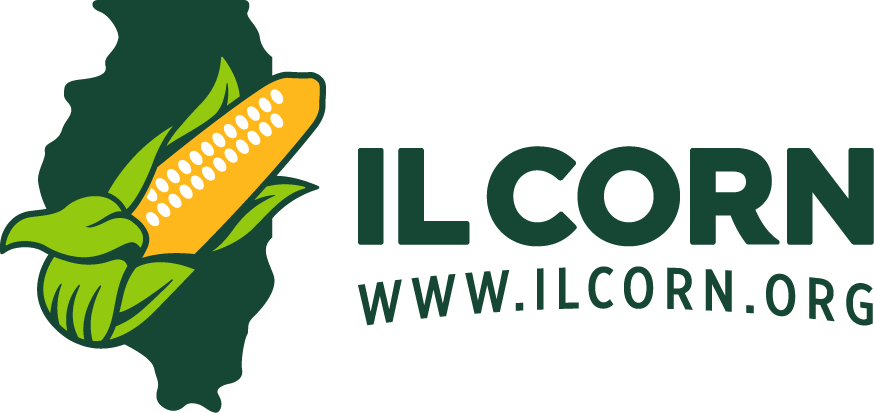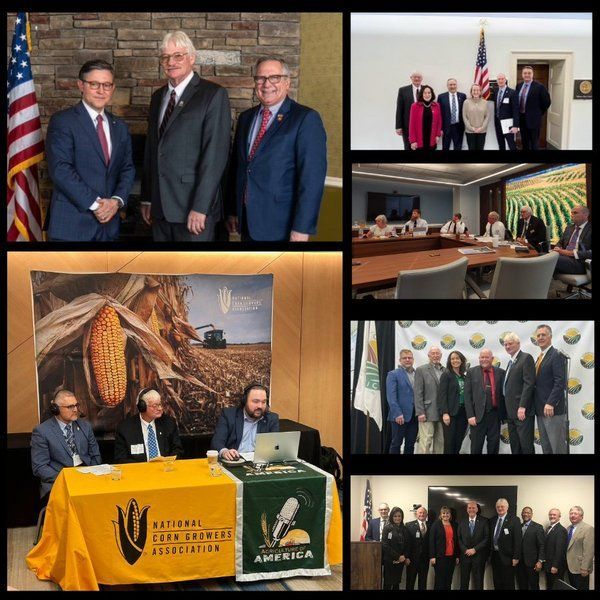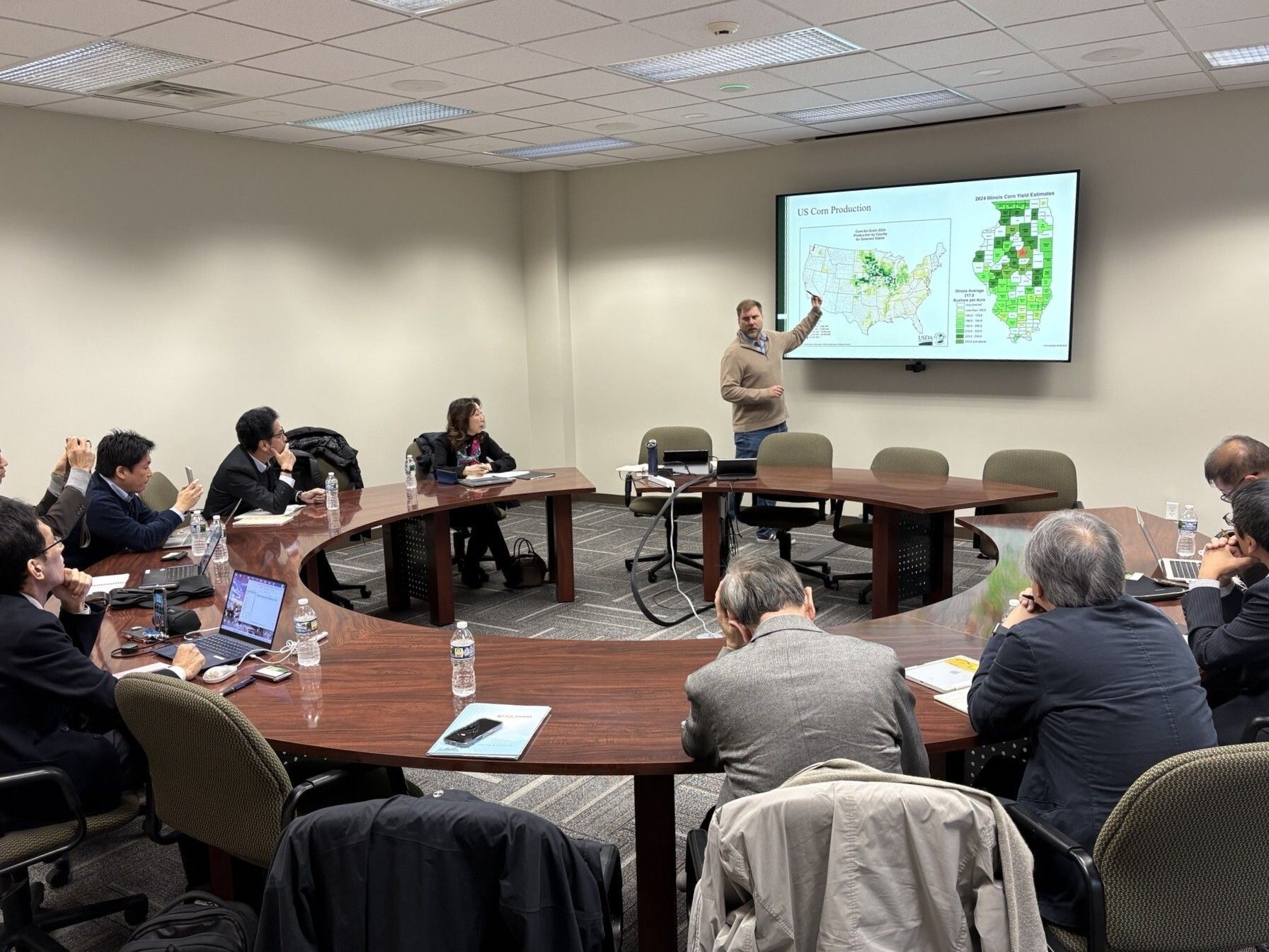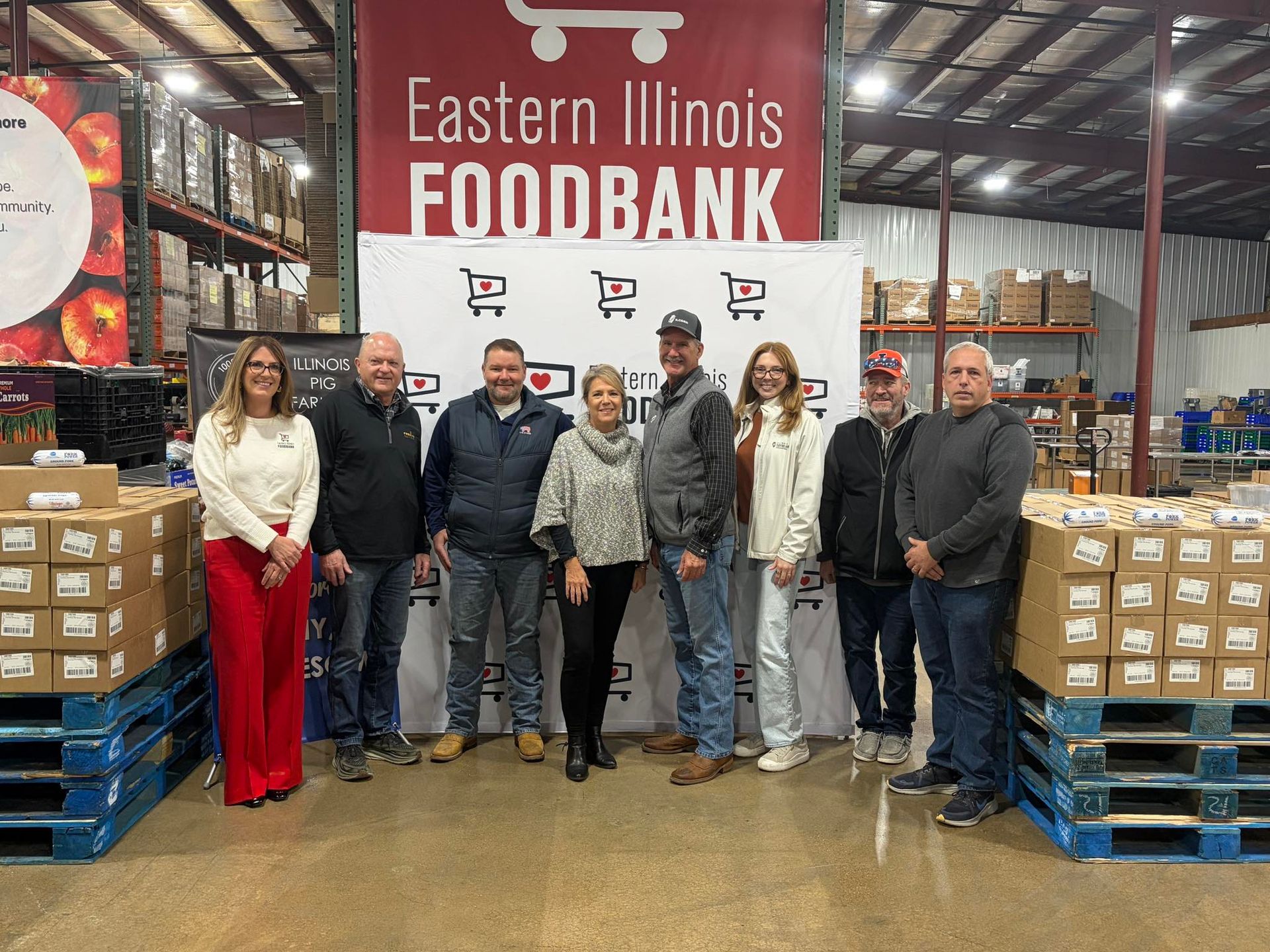Illinois Farmers Engaging In State-Specific Efforts, Action, Progress In Reducing Nutrient Loss

Illinois’ agriculture community continues to focus efforts & investments on conservation
Illinois family farmers are working to preserve the soil and water on their farms for future generations by investing in research and implementation of conservation practices around the state. Although nutrient loss is a complex environmental issue that will require many solutions, farmers are committed to discovering what will work for each farmer, in each region of Illinois.
Farmer-led investments are uncovering opportunities for farmers to minimize nutrient loss while maximizing yield and minimizing economic risk.
Since 2013, Illinois farmers and agricultural retailers have invested over $30 million dollars into nutrient efficiency research through the Illinois Nutrient Research & Education Council (NREC). Additionally, Illinois corn and soybean checkoffs have invested farmer dollars into programs like Precision Conservation Management, which works to uncover the variety of solutions that might work to address the problem.
Just this week, the Illinois Farm Bureau (IFB) announced its seventh consecutive year of Nutrient Stewardship Grants. The grant program is a multi-year effort that has supported 120 projects in over 70 counties to help promote local nutrient stewardship, soil health and water quality projects.
The goal is that farmers can draw from these different sources of research and voluntarily take the next step in adopting the practices that best fit their farms.
“The research being done through NREC is farmer-led and we focus on a few major areas of exploration, including 4R nutrient management, cover crops, phosphorous research, edge of field practices and emerging issues,” said Jeff Kirwan, Mercer County farmer and chairman of the NREC Member Council. “The great thing about this work is that the research literally leads to real, actionable progress on the ground. Many times, farmers are attending field days in the spring and summer to learn about the latest and take those ideas back to their own farms to see what could work best for their fields.”
“Farmers continue to work with university and farmer-led research and demonstrations to find practical farm solutions to achieve those 2025 goals. In addition, working to address ever present variables, like increased input costs, additional labor needs, market volatility and weather conditions,” said Richard Guebert Jr., southern Illinois farmer and IFB president.
Despite the hurdles, strong strides are being made. Illinois NREC research is helping farmers understand how nutrient application and timing can impact nutrient loss and crop growth. One study shows that the most important element for increasing yield potential and nutrient use is assuring adequate nitrogen availability at the start of the growing season.
Other studies show that tile nutrient loss is not simply a matter of over-fertilization. This means farmers must do more than simply apply less fertilizers. They must determine what additional practices will work to keep the nutrients in place for their crop.
“We have to be involved in research because the world is changing, and we don’t know everything we need to know. The only way to learn more is by conducting research. And it’s partnerships that are going to be empowering this research – we all have a role and responsibility to learn. We constantly have to reinvent and develop best practices with the tools we have today that didn’t exist years ago,” said John Reifsteck, Champaign County farmer and GROWMARK Board chairman.
A recent report by the Agricultural Nutrient Policy Council (ANPC) released December 9 highlights many of the efforts in Illinois and in 15 other states, all an explosion of positive and constructive activity to make progress.
The report highlighted the work of farmers across the Mississippi River Basin in implementing nutrient-reduction strategies field by field and season by season, as well as the sustained efforts of the agricultural trade associations that support them in doing so.
The work of agricultural stakeholders, including IFB, IL Corn, Illinois NREC, Illinois Fertilizer and Chemical Association, GROWMARK and Illinois Soybean Association were featured in the report.
“Every year is a learning experience. Every year I go out and make decisions based on past experience, based on what has worked in the past. You hopefully make the best decision for that year, but hindsight is 20-20,” said Dirk Rice, Champaign County farmer and past chairman of the IL Corn Marketing Board. “We learn from that, we adjust, and we go into the next year a little smarter.”
